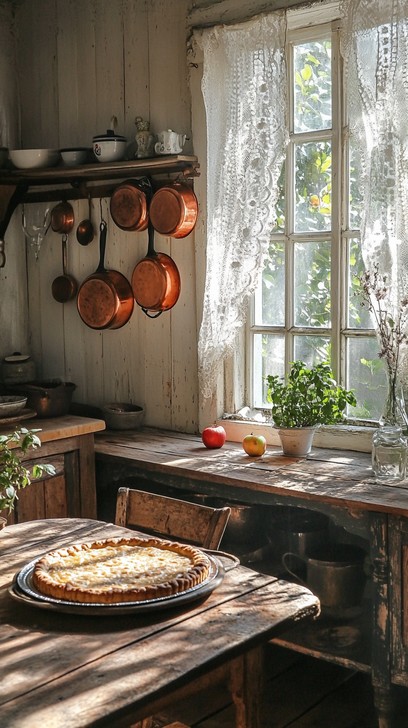
From Coop to Kitchen: Maple Glazed Chicken, a Chicken Tractor for Happy Hens, and the Creamy Dream of Homemade Cheddar
The autumn air is crisp, a bracing kiss on the cheek, and carries the scent of woodsmoke drifting from the chimney of the farmhouse and the sweet tang of fallen leaves composting in the garden. The chickens cluck contentedly in their pasture, pecking at the last of the season’s grasshoppers, their feathers gleaming bronze in the afternoon sun. The root vegetables, plump and sweet from the cool weather, are ready for harvest, their earthy scent filling the air as we pull them from the soil. And in the kitchen, the aroma of roasting chicken, glazed with maple syrup tapped from our own trees, fills the air, promising a hearty and satisfying meal. This Maple Glazed Chicken with Roasted Root Vegetables is more than just a recipe; it’s a celebration of the season, a tribute to the rewards of raising your own poultry, and a taste of the simple pleasures of homestead life. It all starts with the coop, or better yet, the Chicken Tractor...
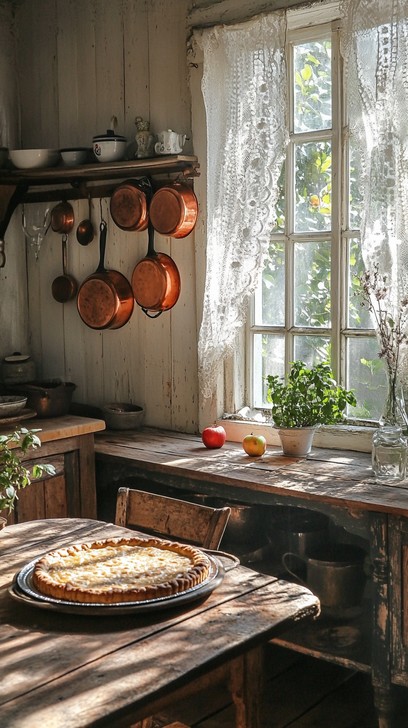
Heritage Chicken Breeds: More Than Just Brown Eggs
Heritage chicken breeds are a valuable asset to any homestead, representing a connection to the past and a commitment to sustainable farming practices. Unlike modern, commercially raised breeds, these chickens are hardy, adaptable, and excellent foragers. They thrive in a pasture environment, supplementing their diet with insects, seeds, and greens, leading to richer-tasting meat and eggs. Their eggs are richer in flavor and come in a variety of beautiful colors, from deep brown to pale blue and even speckled shades, like the ones from our Speckled Sussex. Orpingtons, whether the classic buff or sleek black variety, are known for their docile temperaments and consistent egg-laying. Wyandottes, with their striking silver-laced plumage, are also excellent foragers and reliable layers. Rhode Island Reds, a classic American breed, are known for their hardiness and prolific egg production.
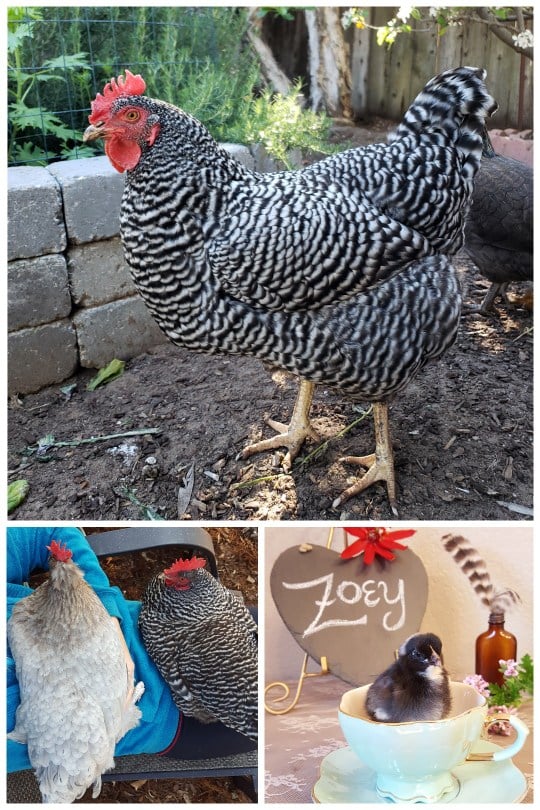
Building a Chicken Tractor: Portable Pasture Perfection for Regenerative Agriculture
A Chicken Tractor, also known as a "pasture pen", is a mobile coop that allows you to move your chickens to fresh pasture regularly. This promotes regenerative agriculture by evenly distributing manure, reducing parasite loads, and preventing overgrazing. Building your own is a rewarding project, especially using reclaimed materials.
Materials List:
To build your own Chicken Tractor, you’ll need: reclaimed lumber (cedar or pine planks salvaged from an old barn), hardware cloth (1/2 inch mesh, galvanized for durability), exterior screws (stainless steel recommended), a cordless drill with various bits, a hand saw or circular saw, a hammer, heavy-duty hinges, secure latches (with locking mechanisms to deter predators), and a UV-resistant tarp or corrugated plastic for roofing to provide ample shade and protection from the elements. Also, consider a small ramp to make it easy for chicks to enter the tractor. What you have already will dictate your final design and cost.
Instructions:
Start by building a sturdy rectangular frame using the lumber, ensuring all corners are square. The size will depend on the number of chickens you have (a 4x8 foot tractor is a good starting point for 6-8 chickens, providing ample space for scratching and dust bathing). Cover the sides and bottom (or just the sides, depending on your soil) with hardware cloth, securely fastened with screws, to protect the chickens from digging predators like foxes or coyotes. Construct a simple A-frame or shed roof using the tarp or corrugated plastic, ensuring it provides shade and shelter from the rain and sun. Add a hinged door for easy access to the chickens for feeding and cleaning. Finally, attach wheels (reclaimed from an old wheelbarrow work well) or skids (made from sturdy branches) to make the tractor easy to move to fresh pasture every day or two. This practice is key to regenerative agriculture, allowing the chickens to fertilize the soil evenly with their manure and preventing overgrazing of any one area. Remember to provide fresh water and feed inside the tractor daily.
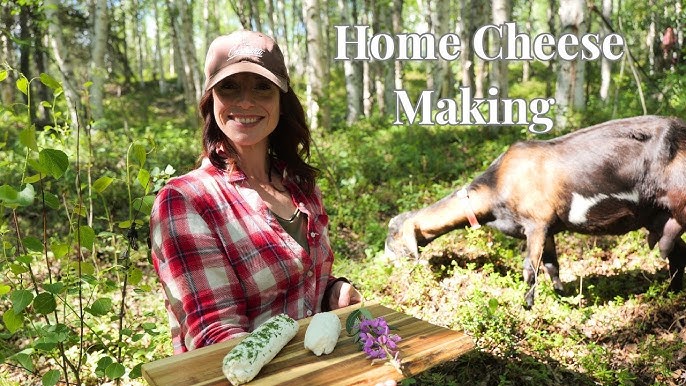
Crafting Homemade Cheddar: From Fresh Milk to Farmhouse Flavor
Making your own cheddar cheese might seem daunting, but with a little patience and attention to detail, you can enjoy the rich, complex flavors of homemade cheese. It all starts with high-quality milk, preferably from grass-fed cows.
Ingredients:
For a simple farmhouse cheddar, you'll need: 2 gallons of whole milk (ideally raw or gently pasteurized from grass-fed cows), a mesophilic starter culture (such as MM100), liquid rennet, calcium chloride (if using pasteurized milk, to improve curd formation), cheese salt (non-iodized), cheesecloth (butter muslin or similar), a cheese press (homemade or purchased), and a cheese wax for aging.
Instructions:
Begin by sanitizing all your equipment thoroughly. Gently heat the milk in a stainless steel pot to 90°F (32°C). Add the mesophilic starter culture, sprinkling it evenly over the surface of the milk, and let it rehydrate for 5 minutes before stirring gently. Let the milk ripen for 30 minutes, allowing the culture to acidify the milk. Add the diluted rennet and calcium chloride (if using) and stir gently for 1 minute. Let the milk coagulate undisturbed for 45-60 minutes, or until a clean break forms when you insert a knife into the curd. Cut the curd into 1/2 inch cubes using a long knife or curd harp. Let it sit for 10 minutes, allowing the whey to begin separating. Slowly heat the curd to 102°F (39°C), stirring gently and frequently to prevent it from matting together. This process helps to expel more whey and firm up the curd. Once the curd reaches the desired firmness, allow it to settle to the bottom of the pot. Carefully drain off the whey, reserving it for other uses (like feeding pigs!). Begin the 'cheddaring' process: Cut the curd mass into slabs and flip them every 15 minutes, allowing the whey to continue draining and the curd to become more acidic and firm. Mill the cheddared slabs into 1/2 inch pieces. Salt the milled curd evenly. Transfer the salted curd to a cheesecloth-lined mold. Press the cheese for 12-24 hours, increasing the pressure gradually (start with 10 pounds and increase to 50 pounds). Remove the cheese from the mold and allow it to air dry for a few days, until a rind forms. Wax the cheese with cheese wax to prevent mold growth and moisture loss during aging. Finally, age the cheese in a cool, humid environment (a cheese cave or a dedicated refrigerator set to 50-55°F (10-13°C) with high humidity) for several months, or even a year or more, flipping it regularly to ensure even ripening. The longer it ages, the sharper the flavor will become.
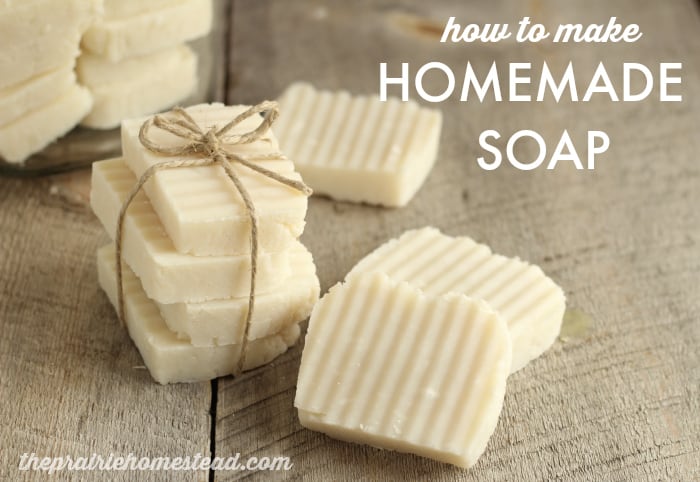
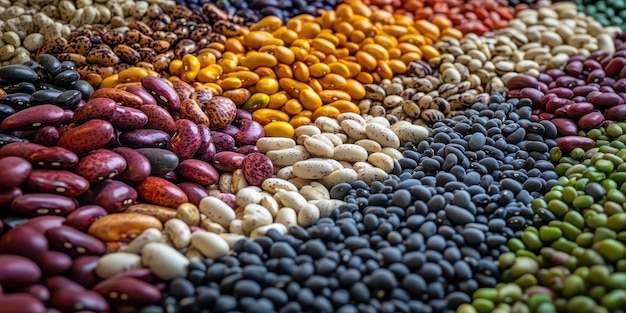
Maple Glazed Chicken with Roasted Root Vegetables and Apple Cider Reduction: A Harvest Feast
Now for the main event! This recipe celebrates the flavors of fall with a perfectly roasted chicken, sweet and savory root vegetables, and a tangy apple cider reduction.
Ingredients:
For the Maple Glazed Chicken, you'll need: 1 whole chicken (3-4 pounds, preferably a heritage breed chicken raised on pasture), 1/4 cup pure maple syrup (grade A dark amber), 2 tablespoons apple cider vinegar (unfiltered, with the 'mother'), 1 tablespoon Dijon mustard, 1 tablespoon extra virgin olive oil, 1 teaspoon sea salt, 1/2 teaspoon freshly ground black pepper.
For the Roasted Root Vegetables, you'll need: 2 pounds assorted root vegetables (a mix of carrots, parsnips, sweet potatoes 'Beauregard', and golden beets), peeled and chopped into 1-inch pieces, 2 tablespoons olive oil, 1 teaspoon dried thyme, 1/2 teaspoon sea salt, 1/4 teaspoon freshly ground black pepper, 2 cloves garlic minced.
For the Apple Cider Reduction, you'll need: 2 cups fresh apple cider (unfiltered, from local apples), 2 tablespoons unsalted butter (grass-fed), and a sprig of fresh rosemary (or thyme).
Instructions:
Preheat oven to 400°F (200°C). In a small bowl, whisk together the maple syrup, apple cider vinegar, Dijon mustard, olive oil, sea salt, and black pepper. Brush the chicken inside and out with the maple glaze, reserving some for basting during roasting. In a large bowl, toss the root vegetables with olive oil, minced garlic, thyme, salt, and pepper. Spread the vegetables in a single layer on a large baking sheet. Place the chicken on top of the vegetables, breast side up. Roast for 1 hour and 15 minutes, or until the chicken is cooked through and the vegetables are tender and slightly caramelized. Baste the chicken with the reserved maple glaze every 15-20 minutes during the last half of the roasting time. While the chicken is roasting, prepare the apple cider reduction. In a saucepan, bring the apple cider to a boil over medium-high heat. Reduce the heat and simmer until the cider has reduced to about 1/2 cup, about 20-30 minutes. Stir in the butter and rosemary (or thyme) until melted and smooth. Serve the chicken and vegetables hot, drizzled with the apple cider reduction. Garnish with fresh herbs.
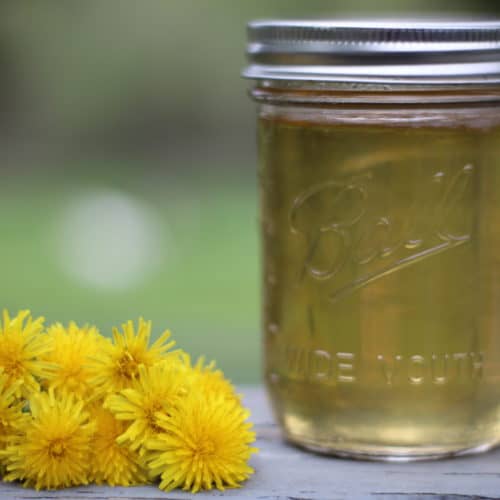
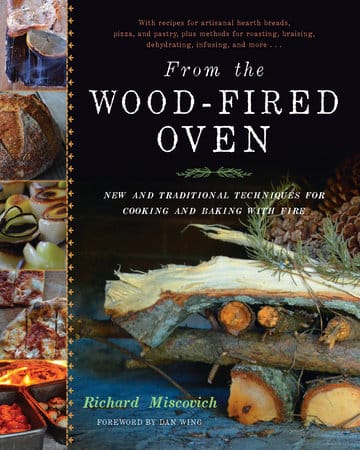
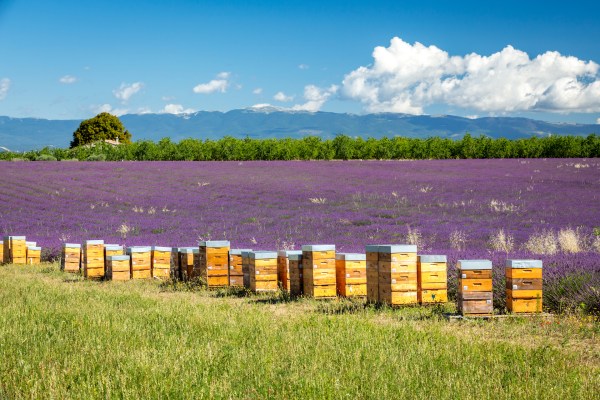
Closing Reflection
From the coop to the kitchen, the homestead provides us with a wealth of opportunities to connect with nature, nourish our bodies and souls, and create a more sustainable way of life. Raising our own chickens, building a chicken tractor from reclaimed materials, making our own cheese from fresh milk, and preparing a delicious meal with homegrown ingredients is a deeply satisfying and rewarding experience. We hope you’ll be inspired to embrace the joys of self-sufficiency and create your own homesteading traditions, even in a small way. What are your favorite ways to connect with nature and nourish your family? Share your experiences, recipes, and homesteading tips in the comments below! We’d love to hear from you.
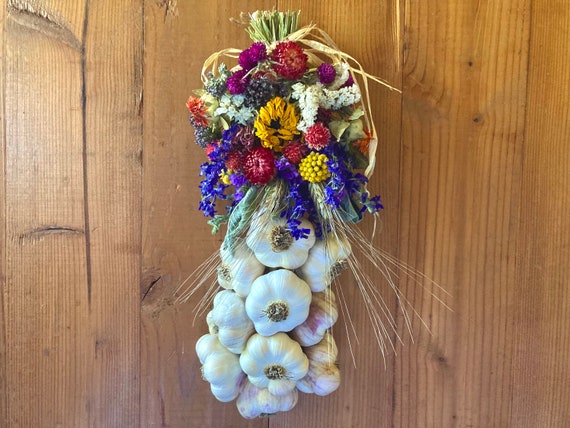
Keywords: organic gardening, seasonal harvest, homegrown, compost, sustainable home, cozy living, backyard projects, farmhouse life, Maple Glazed Chicken, Chicken Tractor, Cheddar Cheese, Gouda Cheese, Heritage Chicken Breeds, Regenerative Agriculture, Apple Cider Reduction, Orpington Chickens, Wyandotte Chickens, Farmhouse Cheese Making.